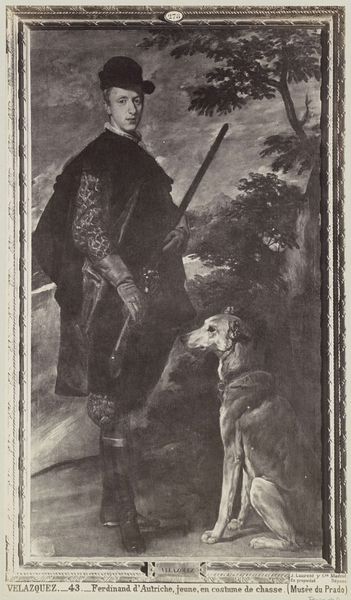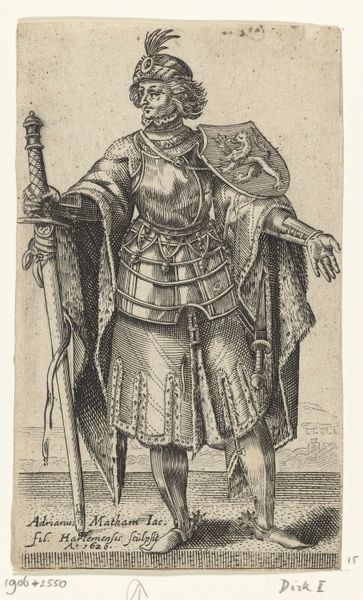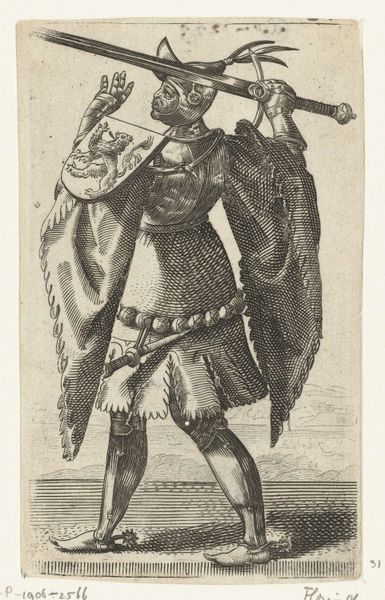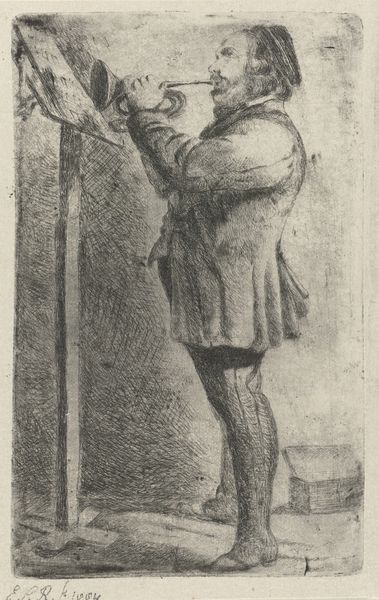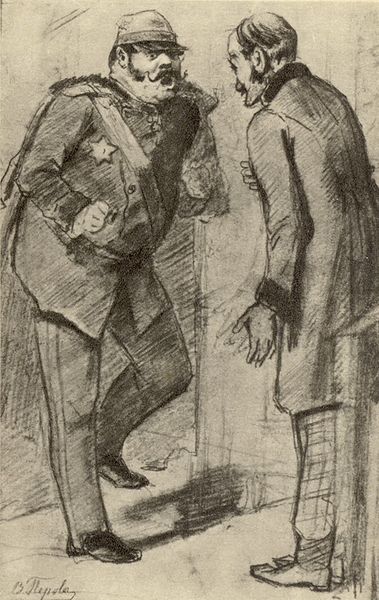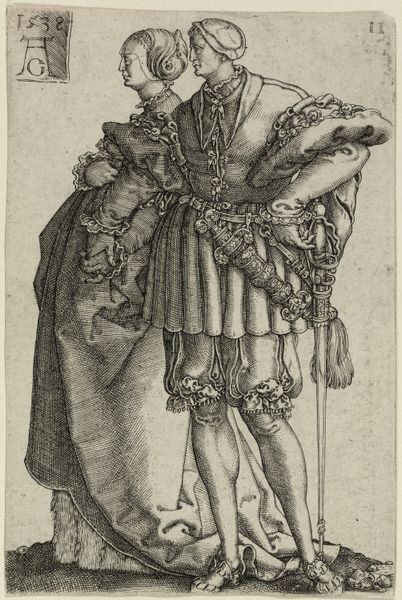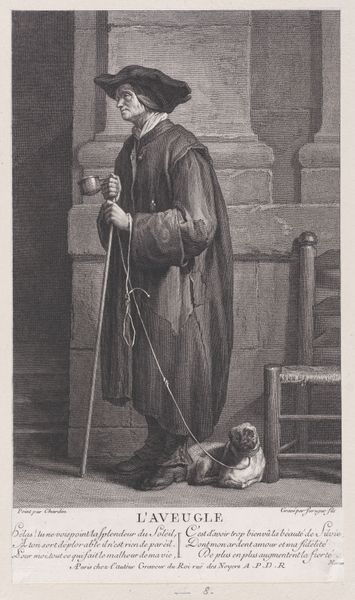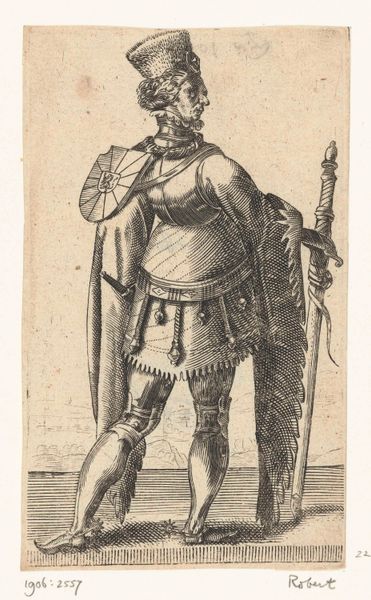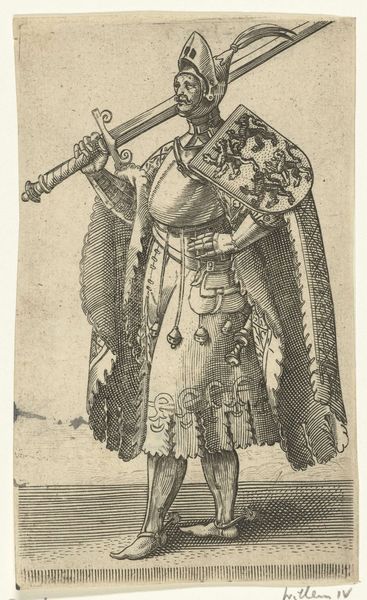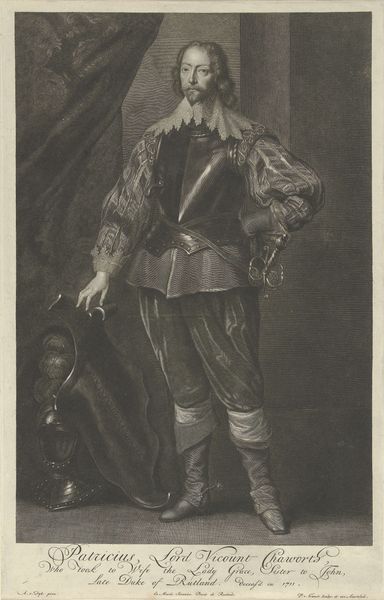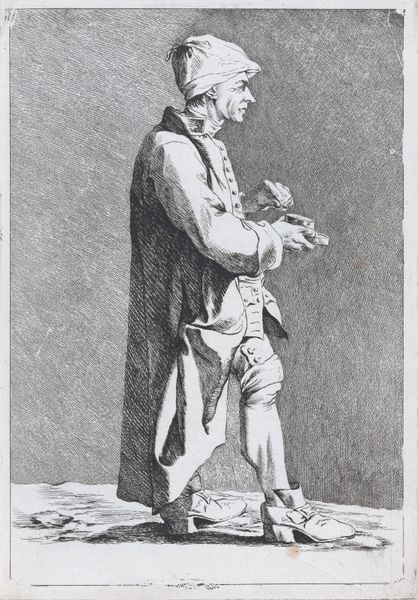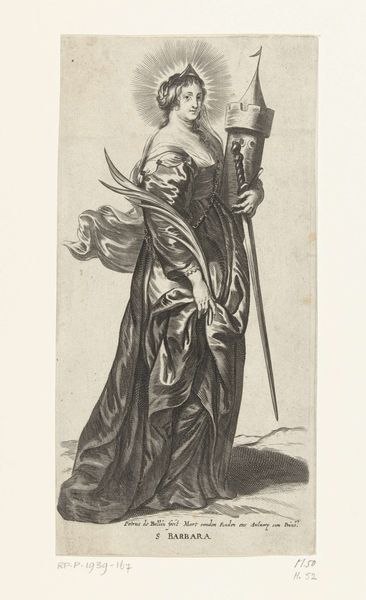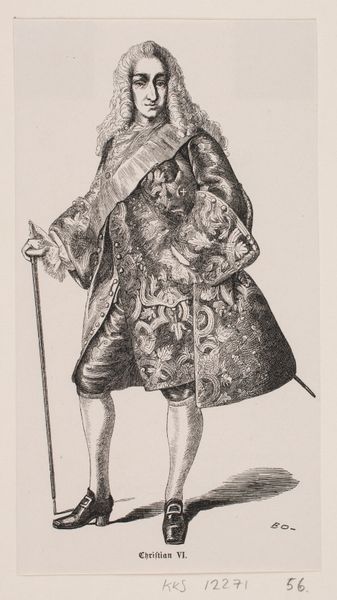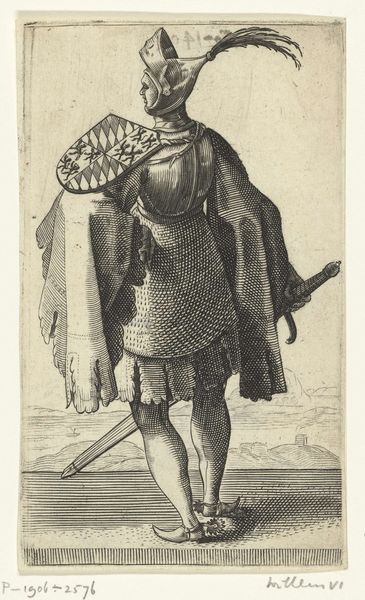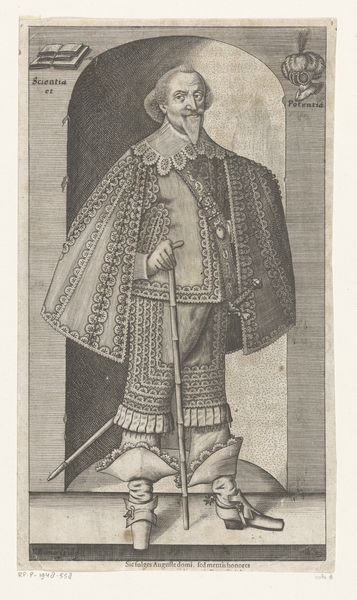
print, engraving
#
baroque
# print
#
figuration
#
history-painting
#
engraving
Dimensions: height 580 mm, width 490 mm
Copyright: Rijks Museum: Open Domain
Editor: So, this engraving is titled "Geseling van Christus," or "Flagellation of Christ" in English, made by Mattheus Borrekens sometime between 1625 and 1670. The scene feels charged, the partial figures almost like spectators cropped in on a brutal event. What strikes you about this piece? Curator: The partial view is indeed telling. Consider the institutional and socio-political implications. Why highlight the flagellation and who would commission such a print? These images were often distributed widely. Think about the power dynamics at play - who is perpetuating violence and who is forced to suffer. The theatrical baroque style can amplify or even justify that. Editor: That's fascinating. So the very choice of *this* scene, presented in *this* way, is a political act in itself? Curator: Precisely. Consider the act of representation here. Borrekens, in his time, wasn’t just passively recording history. He was making a statement, perhaps reinforcing societal power structures or inviting a re-evaluation. Was it intended to remind the populace of a moral framework or merely meant to shock? Look at the costuming details-- are there other clues that imply certain socio-political attitudes about status, rule, class and identity. Editor: I never considered how much an artist's choices –even details like costumes—can be laden with cultural weight. Thanks, it is quite enlightening to think of religious art through the lens of cultural power and distribution. Curator: Exactly. Examining the public role of images like this gives us valuable insights into a complex and crucial history.
Comments
No comments
Be the first to comment and join the conversation on the ultimate creative platform.
